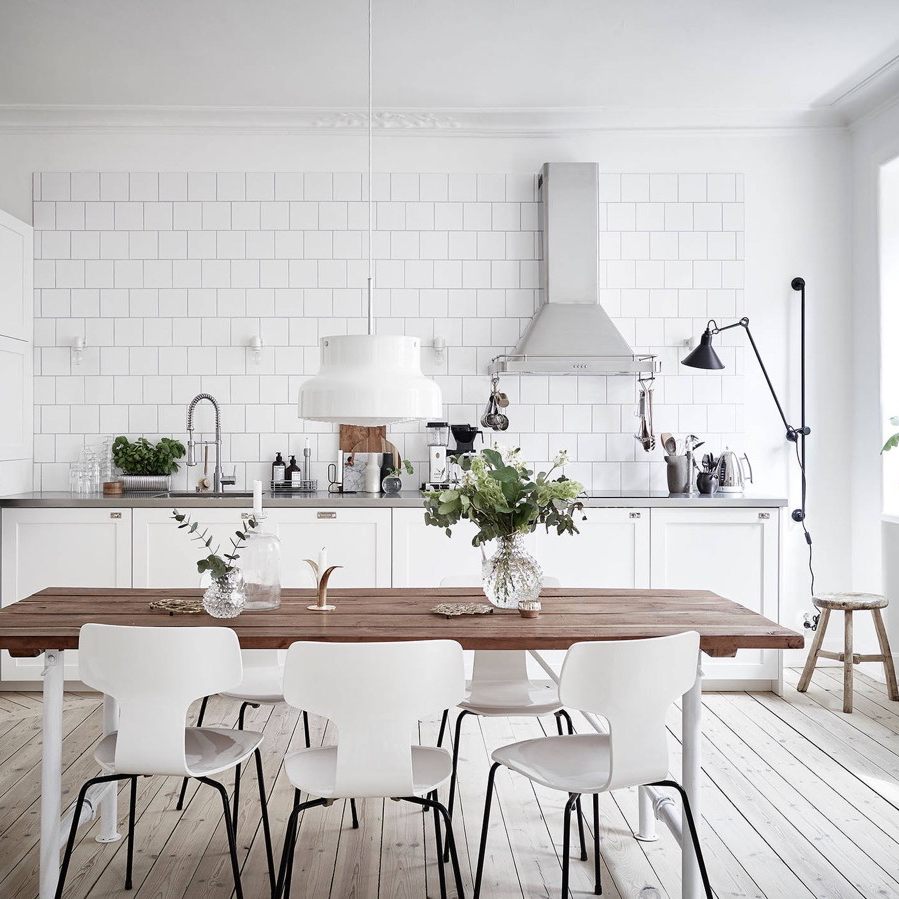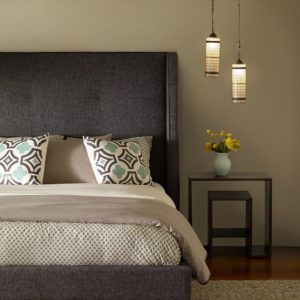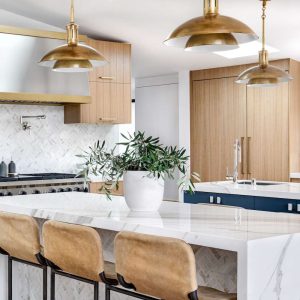
Pendant Lighting Cluster: A Flourishing Trend in Modern Interior Design
Introduction
The right lighting can transform any space and create the desired ambiance, whether it’s a cozy corner, a grand hall, or a minimalist workspace. Pendant lighting, in particular, has gained popularity in recent years due to its versatility, modern appeal, and ability to make a statement. However, a single pendant light might not always be enough to achieve the desired effect, especially in larger or more complex spaces. This is where pendant lighting clusters come into play, offering a unique and practical solution to lighting design.
What is a Pendant Lighting Cluster?
A pendant lighting cluster is a group of two or more pendant lights that are hung together in a cluster formation from a single canopy or junction box. This configuration provides several advantages over single pendant lights, such as increased luminosity, a wider spread of light, and a more visually appealing aesthetic.
Types of Pendant Lighting Clusters
There are several types of pendant lighting clusters, depending on their construction, size, and arrangement. Here are some of the most popular ones:
Linear Cluster:
As the name suggests, a linear cluster is a group of pendant lights that are arranged in a linear fashion, typically above a kitchen island, a dining table, or a bar counter. Linear clusters offer a sleek and modern look, and they can accommodate several pendant lights without taking up too much space.
Circular Cluster:
A circular cluster is a group of pendant lights that are arranged in a circular or semi-circular shape, creating a stunning visual effect. This type of cluster is ideal for large entryways, foyers, or living rooms, where a bold statement is desired.
Geometric Cluster:
A geometric cluster is a group of pendant lights that are arranged in a specific geometric pattern, such as a hexagon, a square, or a triangle. This type of cluster works well in modern and minimalist spaces, adding a touch of whimsy and creativity.
How to Design a Pendant Lighting Cluster?
Designing a pendant lighting cluster requires careful consideration of several factors, such as the space’s size, style, color scheme, and functionality. Here are some tips to help you create a stunning pendant lighting cluster:
Choose the right pendant lights:
The type, size, and color of each pendant light will affect the overall look and feel of the cluster. Choose pendant lights that complement the space’s style and color scheme, and make sure they are appropriately sized for the cluster.
Decide on the cluster’s shape and size:
The shape and size of the cluster will depend on the space’s dimensions and functionality. For example, a linear cluster might work better in a long and narrow space, while a circular cluster might be more suitable for a grand foyer.
Determine the hanging height:
The hanging height of the pendant lights will affect the illumination and ambiance of the space. Consider the sightlines, furniture placement, and the height of the people who will be using the space when determining the hanging height.
Select the right canopy or junction box:
The canopy or junction box that supports the pendant lighting cluster is an essential component of the design. Choose a canopy or junction box that is sturdy, functional, and aesthetically pleasing.
Benefits of Pendant Lighting Clusters
Using pendant lighting clusters in interior design offers several benefits, such as:
Increased luminosity:
Pendant lighting clusters can provide more light than a single pendant light, making them ideal for larger or dimly lit spaces.
Wider spread of light:
Pendant lighting clusters can distribute light more evenly and effectively, illuminating a broader area and reducing shadows.
Customizable design:
Pendant lighting clusters offer a wide range of customizable designs, allowing homeowners to create a look that reflects their personal style and preferences.
Visual interest:
Pendant lighting clusters can add visual interest and drama to a space, serving as a focal point or conversation starter.


